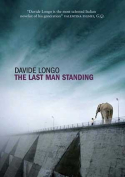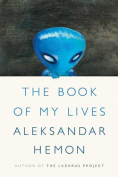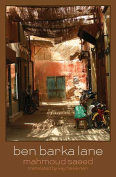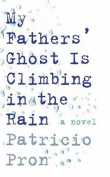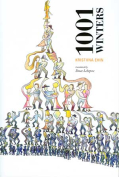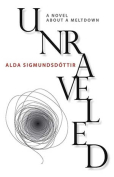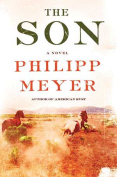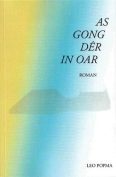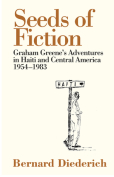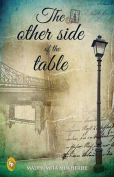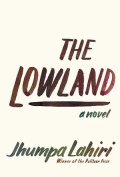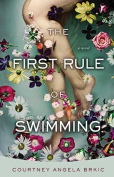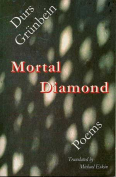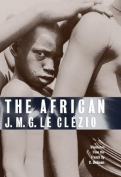The Son by Philipp Meyer
 New York. Ecco / HarperCollins. 2013. ISBN 9780062120397
New York. Ecco / HarperCollins. 2013. ISBN 9780062120397
Chronologically, Philipp Meyer’s The Son starts in 1849 with Eli McCullough—one of the three perspectives presented in the book—being captured by Comanches. But the book doesn’t move linearly. Alternating between Eli’s first-person story, his son Peter’s diary, and a third-person account of his great-granddaughter Jeanne Anne, the book encompasses a large time span to tell the intimate and at times horrific story of one family—the McCulloughs—and one large and unruly state—Texas. For a writer with less subtlety than Meyer, this would come off as bloated. The great success of The Son is that Meyer adequately chews exactly as much as he bites off.
Meyer accomplishes this in a couple of different ways. To begin with, he sets the story up beautifully, the first third of the novel whispering about things to come in quiet adumbrations. In the first chapter, as a hundred-year-old Eli rambles only half-intelligibly, not only does he offhandedly say, “Should my son appear, I would prefer not to suffer his smile of victory. Seed of my destruction. I know what he did,” but also tells us, in a moment that is a bit more cogent, “The Comanche philosophy toward outsiders was nearly papal in its thoroughness: torture and kill the men, rape and kill the women, take the children for slaves or adoption.” In two seemingly inane remarks made in the first two pages, Meyer has set up the most conflicted relationship and the most dramatic plot-point in the novel. These little hints allow Meyer to build an epic story while letting his own craftsmanship go largely unnoticed. Like the best novels, The Son succeeds in creating its own logic, then strictly following that logic.
Also important in not making the story feel overtly grandiose is Meyer’s stunning facility with details. More so than the history that informs the book, the details of survival, especially when Eli is a captive of the Comanches, illustrate Meyer’s thorough research. When Eli catalogs the process of using each and every part of a buffalo, his character’s voice becomes wholly distinct and believable.
There are many important American standards that one might compare The Son to: the sparse and direct prose, comparable to all of Hemingway’s works; or the perspective shifts that occur chapter by chapter, reminiscent of Faulkner’s As I Lay Dying; and, of course, there is the multigenerational aspect, encompassing a formidable chunk of time like Steinbeck’s East of Eden. All these comparisons would be correct, but what makes Meyer’s book extraordinary is that, as a reader, one never gets the sense that Meyer has a Bloomian weight of these giants on his shoulders. He combines all of these elements in a book that feels effortless. This feeling, of course, is a delusion. But it is the best kind of delusion for the reader to have.
Kevin Pickard
University of Oklahoma

